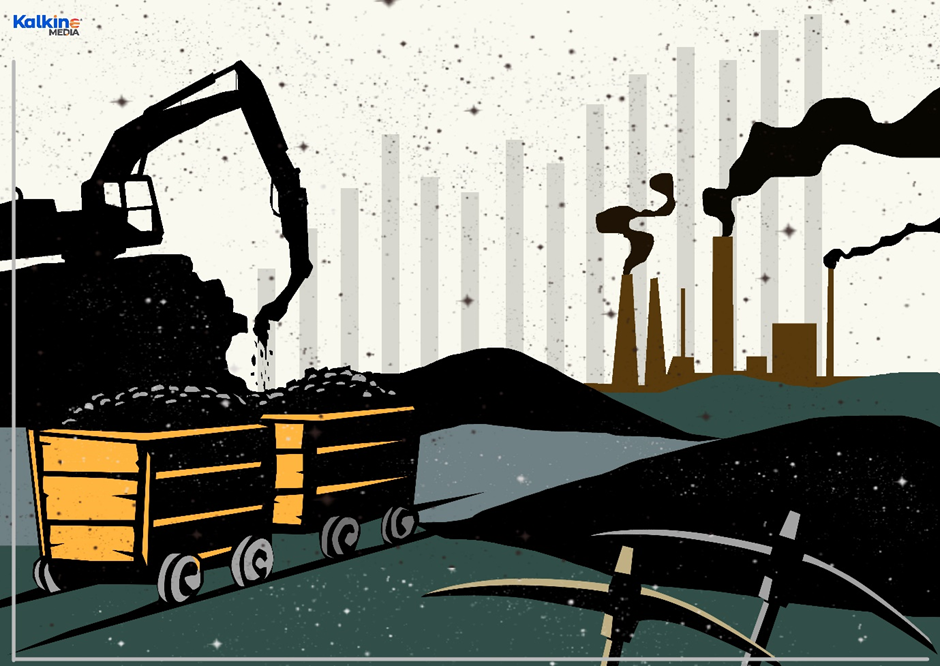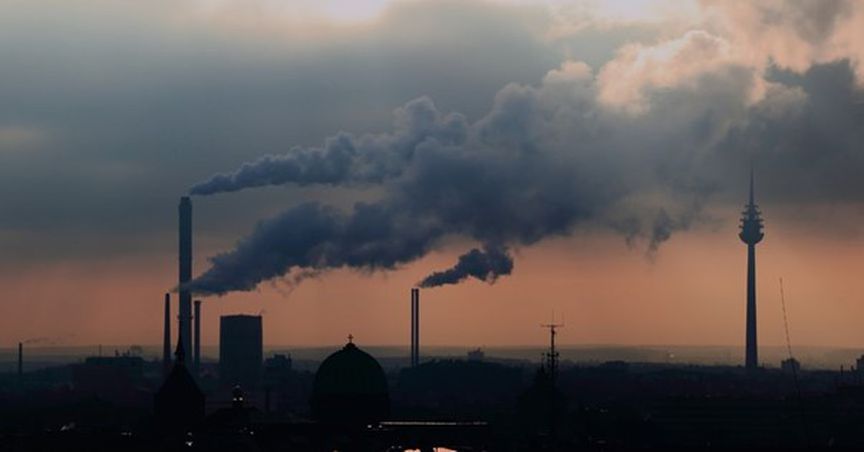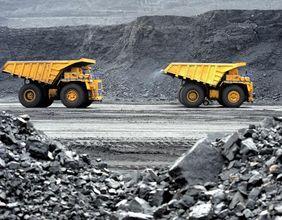Highlights
- Australia is the world’s second-largest thermal coal exporter, while Russia stands at the third position.
- Several countries have placed restrictions on imports from Russia, including oil & gas and coal.
- The Australian government is helping importing nations to connect with domestic coal producers to replace the Russian coal.
The trouble in Eastern Europe is taking a heavy toll on energy importing countries. The war in Ukraine has escalated the demand for several commodities, including crude oil, natural gas, coal, and certain metals.
The WTI crude’s March future traded above US$110/bbl, the highest in seven years. The Newcastle coal future traded at US$370/tonne on 4 March 2022, falling from an all-time high of US$440/tonne on 2 March 2022.
Europe, for long, has been dependent on Russia for its natural gas supplies. According to an estimate, Russia accounts for nearly 40% of Europe’s natural gas supply and 60% of the region’s coal needs.
The ban and restrictions imposed by the US and the NATO nations have made it difficult for Russia to export its fossil fuels.
Related read: Coal prices firm up amid Russia-Ukraine war, ASX mining share advances 20% in 5 days
Australia eyes to capitalise on near-term outlook
Australia earned nearly AU$35 billion from coal exports during the period 2021-22. The coal industry supports thousands of jobs and is a source of livelihood for many in the country.
Given the improving near-term outlook for Australian coal, the Australian government has come to the rescue of its ally countries by connecting them with domestic coal producers. The Australian resources ministry has indicated willingness to support importers looking for Russian alternatives.
ASX-listed coal producers Whitehaven Coal Limited (ASX:WHC) and New Hope Corporation Limited (ASX:NHC) have reportedly been contacted by several countries for coal supply.

Copyright © 2022 Kalkine Media ®
Interesting read: YAL, WHC, BHP: 3 ASX-listed stocks on the rise as coal prices soar
Poland is one of the first European countries to have contacted Australian coal miners for supply. Earlier, the Polish thermal plants were highly dependent on Russian coal.
Poland has also urged other European Union members to cut ties with Russian suppliers and look for alternative sources of coal.
Can Australia meet the supply gap?
The Australian coal industry has been facing tight production challenges due to floods and skilled labour shortages. Late last year, there were reports of flooding leading to the shutdown of coal mines in the Central Queensland area.
Indian coal developer Adani Group has been facing workforce shortages and wet weather issues at its Carmichael thermal coal mine.
The industry experts have warned of extremely tight coal supply situation at the moment. Any more pressure on the supply side may cause prices to shoot up.
Related read: What is the future of coal? 6 ASX-listed coal stocks in focus
According to the Resources and Energy Quarterly, December 2021 edition, Russia exported nearly 177Mt of thermal coal in the year 2020. Australia, being second-largest coal exporter after Indonesia, accounted for nearly 200Mt in 2020. If Russian supply is cut off, there would be a severe imbalance in demand and supply dynamics.
In the short to near term, the outlook for coal looks bright. The thermal plants cannot be replaced overnight, and natural gas prices have also escalated. Europe has already made significant progress on the renewable energy front, but winter shortages highlighted the fact that renewables are not fully ready to replace conventional energy sources.
Good read: Whitehaven’s (ASX:WHC) net profit jumps 460% on soaring coal prices






